The electric vehicle market shows remarkable momentum in 2025, with BYD leading sales at 1.1 million units and introducing the groundbreaking Qin L DMi hybrid boasting 2000 km range. Traditional automakers are responding aggressively – Chevrolet’s second-gen Bolt EV features GM’s Ultium platform, while Chrysler prepares a 400-mile range crossover. Battery technology advances, particularly BYD’s 46.6% efficient Blade Battery, signal transformative developments in the industry. These innovations merely scratch the surface of today’s EV revolution.

As the electric vehicle industry continues to reshape the automotive landscape, notable advancements in 2025 are driving unprecedented growth and innovation across multiple segments. Leading manufacturers are introducing groundbreaking models, with Chevrolet’s second-generation Bolt EV incorporating GM’s advanced Ultium platform, while Chrysler prepares to launch an electric crossover boasting 400-mile range and Level 3 autonomous capabilities.
Chinese manufacturer BYD has emerged as a formidable competitor, disrupting traditional markets with its Qin L DMi hybrid’s remarkable 2000 km range and 10-minute charging time. The company’s Seagull model, priced at an accessible $10,000, demonstrates the shifting dynamics toward affordable electric mobility, evidenced by its impressive 10,000 pre-orders in a single day. Industry projections indicate EVs will capture 35% of new car sales in China by 2025.
BYD’s innovative Qin L DMi and budget-friendly Seagull mark a decisive shift toward accessible, high-performance electric vehicles in the global market.
Battery technology continues to evolve rapidly, with BYD’s Blade Battery achieving 46.6% efficiency. Traditional automakers are making substantial investments, with Toyota committing $13.6 billion and Volkswagen pledging $120 billion toward EV advancement. The total cost of ownership for EVs has remained consistently lower than gas-powered vehicles since 2020, further encouraging consumer adoption. The industry’s focus on solid-state batteries promises enhanced energy density and faster charging capabilities. Continuous improvements in battery technology are enabling unprecedented range and charging speeds, making EVs increasingly practical for daily use.
Global infrastructure expansion remains essential to EV adoption, with charging networks growing considerably across major markets. Enhanced interoperability between charging systems has notably improved user convenience, while the integration of renewable energy sources strengthens the environmental benefits of electric mobility.
The market has responded positively to these developments, with EV sales surging 15% year-to-date in 2025. BYD’s remarkable achievement of 1.1 million EV sales in 2024 underscores the industry’s robust growth trajectory. Tesla, once the undisputed leader, now faces increased competition from both established automakers and emerging players.
Environmental considerations continue to drive industry innovation, with manufacturers emphasizing circular economy principles in production processes. The focus on battery recycling, reduced noise pollution, and integration with renewable energy sources demonstrates the industry’s commitment to sustainability.
These advancements, coupled with declining prices and expanding infrastructure, signal a transformative period in automotive history.
Frequently Asked Questions
How Long Does It Take to Fully Charge an Electric Vehicle at Home?
Charging time for EVs at home depends primarily on the charging level used.
Level 1 charging, using standard 120V outlets, requires 40-71 hours for a full charge of a 60 kWh battery.
Level 2 charging, utilizing 240V outlets, greatly reduces charging time to approximately 8-11.5 hours.
Most modern EVs, when connected to Level 2 chargers, can fully charge overnight, adding about 25 miles of range per hour.
What Happens to EV Batteries After They Reach End-Of-Life?
End-of-life EV batteries follow two primary paths: recycling or second-life applications.
Through hydrometallurgical recycling, up to 99% of critical materials like cobalt, nickel, and lithium can be recovered.
Alternatively, batteries retaining 70% capacity are repurposed for energy storage systems, supporting solar and wind power integration.
Both solutions minimize environmental impact while maximizing resource utilization, though proper handling remains essential due to safety concerns.
Can Electric Vehicles Be Safely Driven Through Deep Water?
Electric vehicles should not be driven through deep water, despite their sealed battery systems and safety features.
While EVs can handle modest water exposure up to manufacturer-specified wading depths, exceeding these limits risks catastrophic damage.
Water intrusion can cause battery shorts, thermal runaway, and system failures.
Most modern EVs are designed to withstand rain and shallow puddles, but flooding presents serious hazards that can compromise vehicle integrity and passenger safety.
How Does Extreme Cold Weather Affect Electric Vehicle Performance?
Extreme cold greatly impacts EV performance through multiple mechanisms.
Battery efficiency drops 10-24% in freezing temperatures, as demonstrated by the Rivian R1T’s range reduction from 250 to 190 miles at 12°F.
Cabin heating and battery warming systems draw substantial power, while cold air increases aerodynamic drag.
Combined with slower charging speeds and reduced chemical reaction rates, winter driving requires careful planning and increased reliance on preconditioning strategies.
Are There Enough Raw Materials to Meet Future EV Battery Demand?
Meeting future EV battery demand presents significant challenges.
While raw materials exist in sufficient quantities geologically, production capacity remains a bottleneck. Current projections indicate potential shortages of lithium, nickel, and graphite by 2030 without major investment in mining infrastructure.
Battery recycling offers promising solutions, potentially recovering 40,000 metric tons of nickel annually.
Alternative chemistries like LFP batteries help reduce dependence on scarce materials.
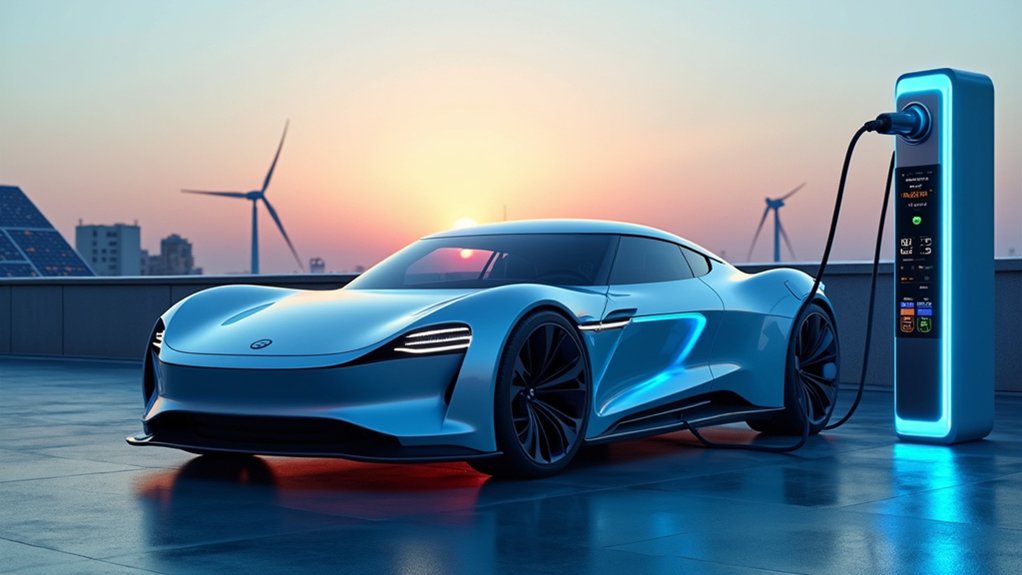
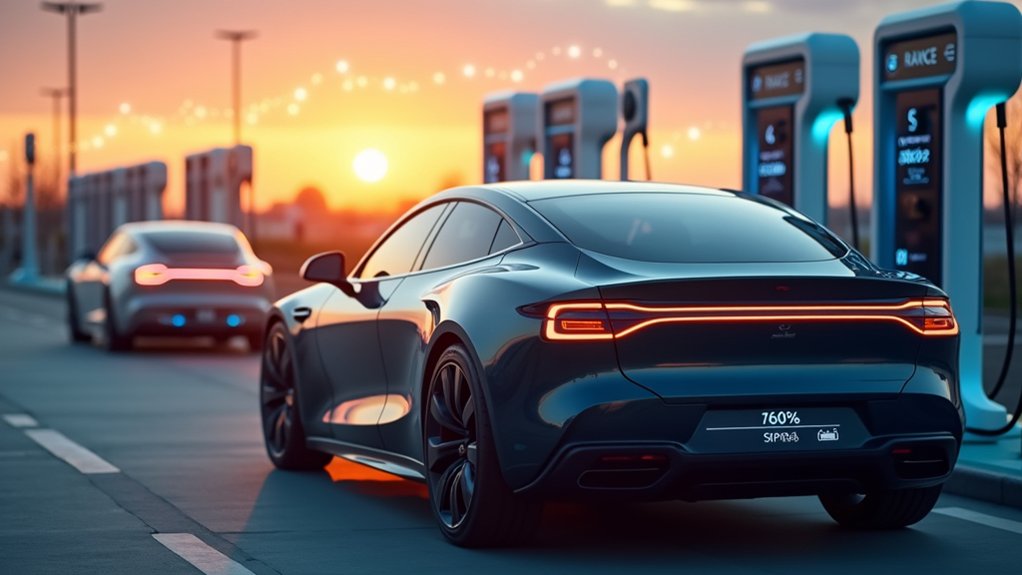

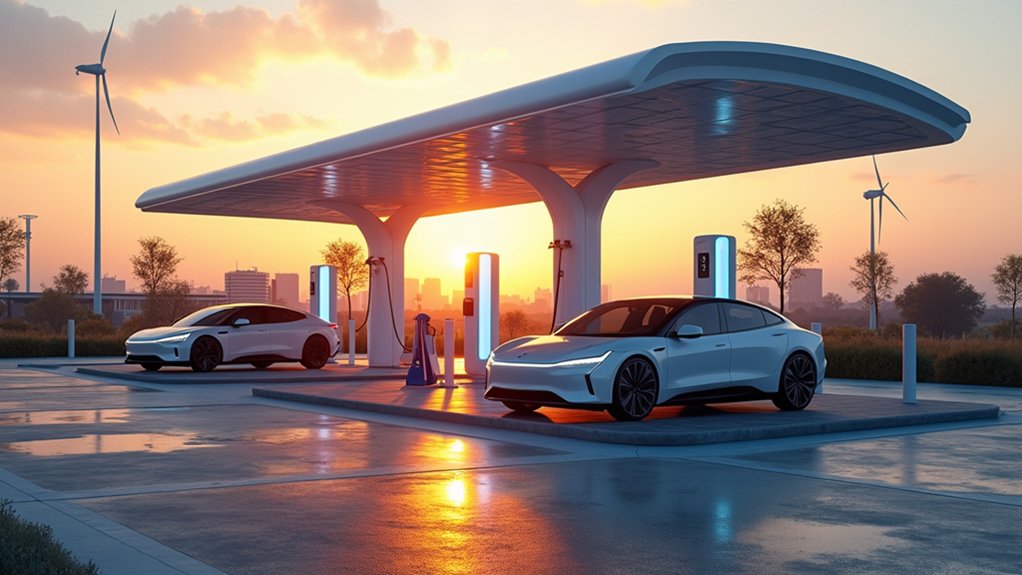
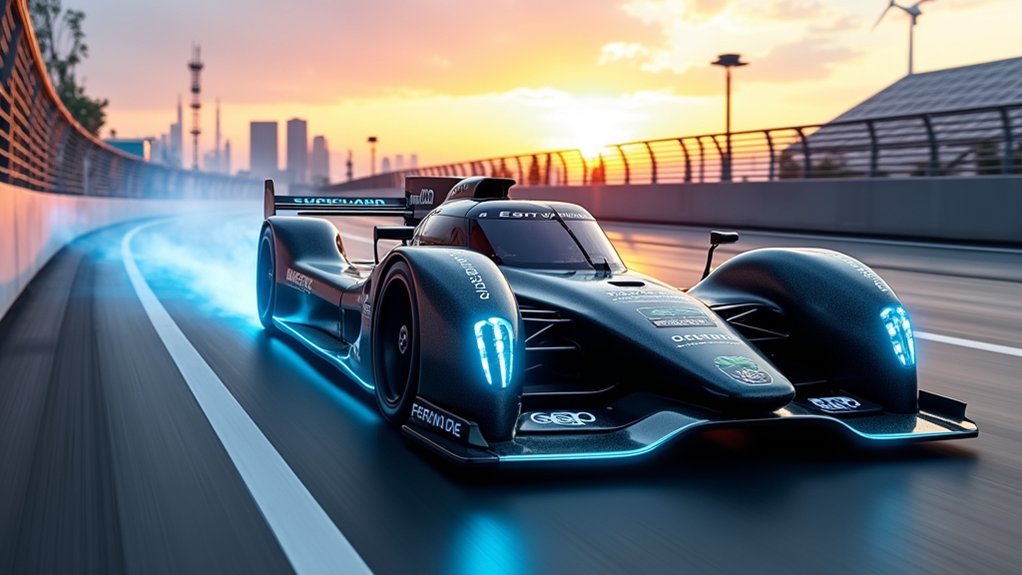
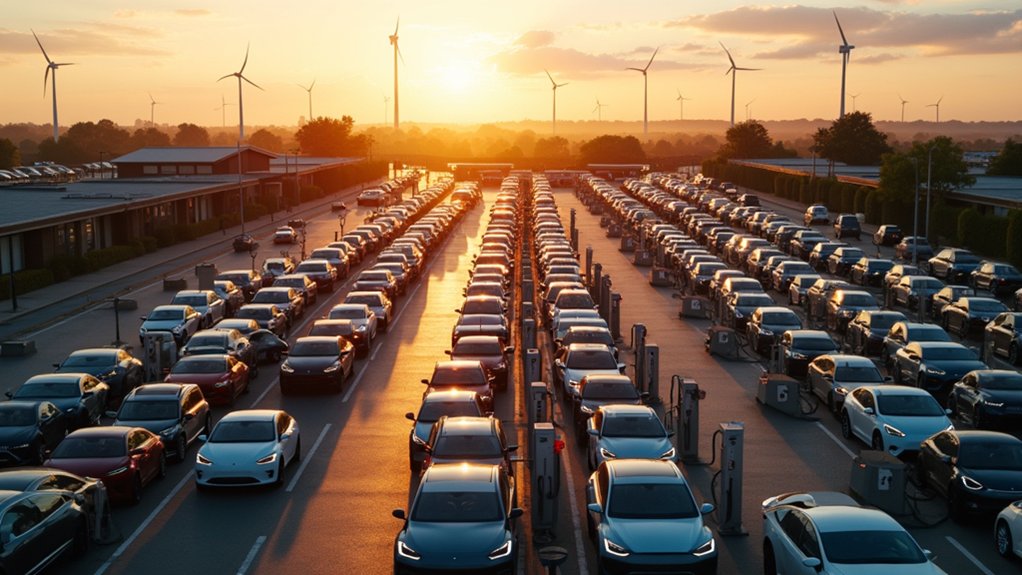

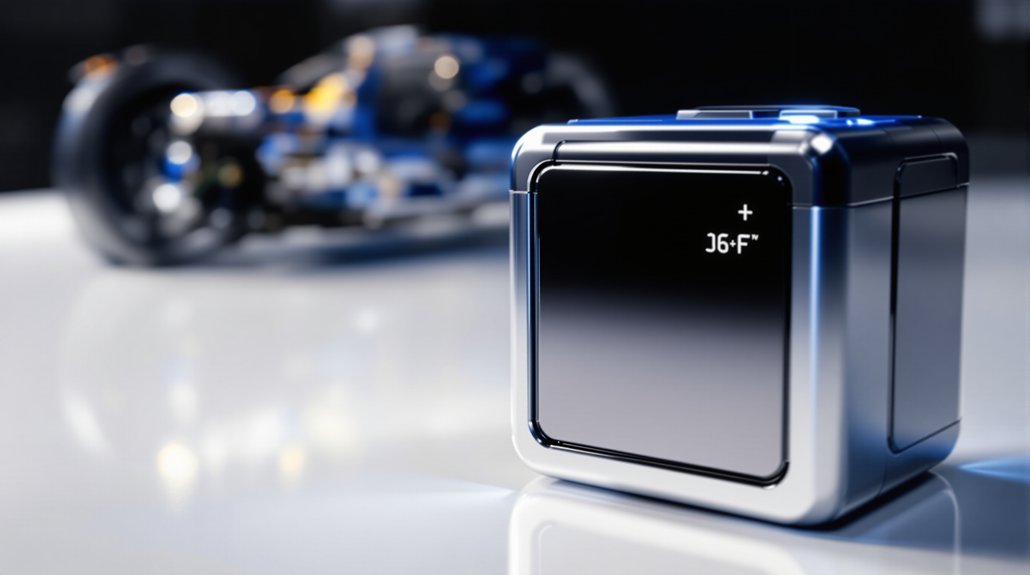

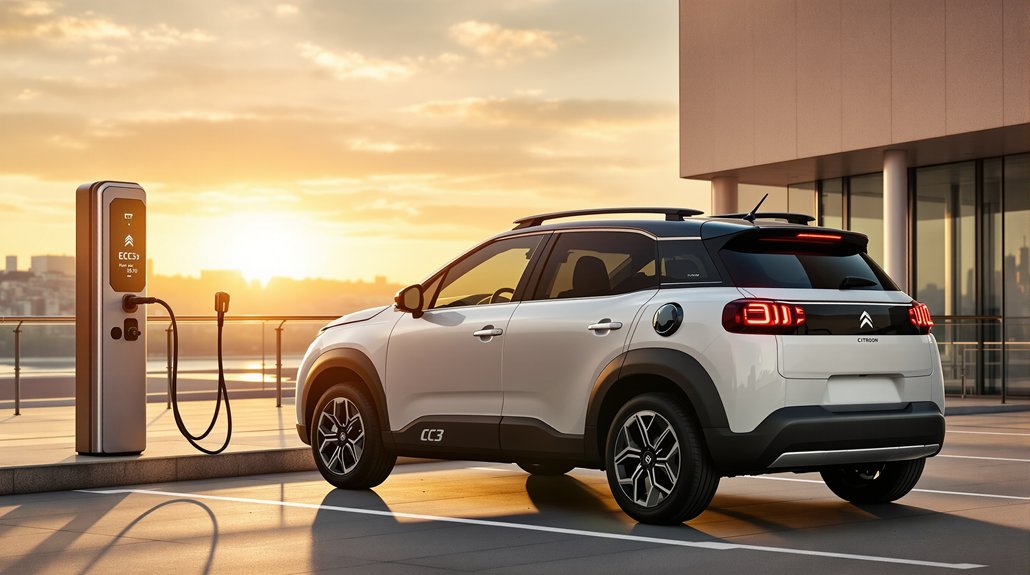
3 comments